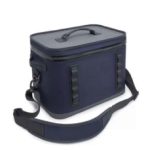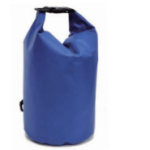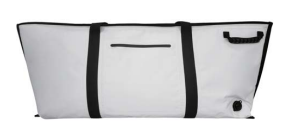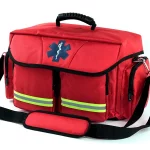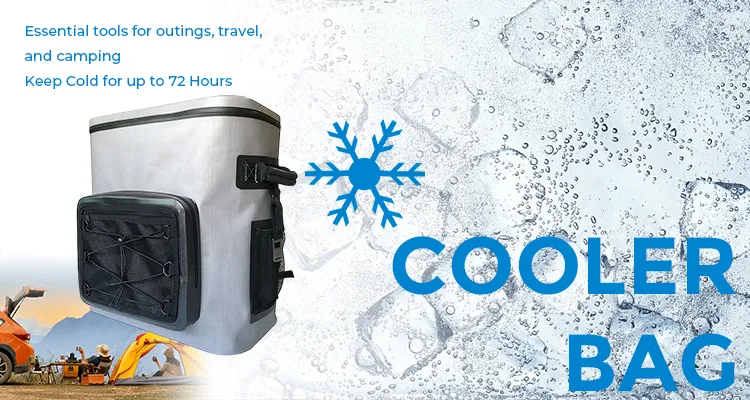Backpack coolers have become popular with outdoor enthusiasts because they provide an easy way to carry around chilled drinks and snacks. One of the most common inquiries asked by users is whether it is possible to put ice into a backpack cooler without causing any leakage or other problems. This piece sets out to delve into this issue so as to give advice on how best to use ice in these versatile coolers.
How Backpack Coolers are Designed
Backpack coolers are usually portable, which is why they often come with comfortable straps and light materials. They have an insulating section that keeps items cold and a waterproof outer layer for preventing outside moisture from entering inside while containing spillovers internally. In contrast, hard-shell traditional coolers are not flexible enough and can be heavy; hence backpack coolers can be transported conveniently during activities like hiking, camping or picnicking.
The Role of Ice
Ice plays a vital role in cooling things down such as preserving drinks or maintaining perishable food at safe temperatures. Within a backpack cooler, ice helps lower the temperature inside so that liquids will remain chilled and edibles remain fresh. Although some people prefer reusable gel packs that don’t make a mess, many individuals choose ice because it’s widely available and has excellent cooling properties.
Can Ice Go into a Backpack Cooler?
Yes, ice can be put in a backpack cooler. However, it is important to pick a cooler that will be able to handle the ice. Key features to consider include strong waterproof lining and sealed seams which prevent leaks, as well as enough insulation so that whatever you have inside stays cold and ice does not melt easily. A good backpack cooler should be able to take in ice without collapsing or leaking.

How to Use Ice Properly in a Backpack Cooler
For effective use of ice with your backpack cooler, follow these guidelines:
- Use an Appropriate Amount of Ice: It is best to maintain about 1/3 of the contents in terms of ice and 2/3 for other items. Excessive ice would make the contents too cool while insufficient amounts would not cool them down appropriately.
- Distribute Ice Evenly: Ensure that you spread the ice evenly around the box so as to achieve uniform temperatures and prevent hot spots.
- Use a Waterproof Liner or Bag: If you are worried about water seeping through melted ice, consider using a waterproof liner or bag inside your cooler for this purpose.
- Keep the Cooler Closed: For more time in low temperature always ensure that you keep it closed most of the times; thereby reducing melting rate of its content.
Potential Issues and How to Address Them
While using ice in a backpack cooler is generally safe, there are potential issues to be aware of:
- Leakage: If the cooler isn’t entirely waterproof, melting ice can cause leaks. Ensure the cooler has sealed seams and consider a waterproof bag to contain any excess moisture.
- Overcooling: Too much ice can freeze certain items, making them less enjoyable. Adjust the amount of ice based on the contents and your cooling needs.
- Condensation: Ice can create condensation, leading to moisture buildup inside the cooler. To reduce this, use absorbent towels or desiccant packs to manage excess moisture.
Alternative Cooling Solutions
If you’re hesitant about using ice or want a cleaner option, consider alternatives like gel packs or reusable ice packs. These offer consistent cooling without the mess and can be reused for future trips. Additionally, they reduce the risk of leakage and overcooling, making them a practical choice for many situations.
Putting ice in a backpack cooler is a viable option, as long as you choose a cooler designed to handle ice and follow the proper precautions. By using the right amount of ice, distributing it evenly, and addressing potential issues like leakage and overcooling, you can enjoy a hassle-free experience with your backpack cooler. Explore alternative cooling solutions if you prefer a reusable and less messy approach. Ultimately, the best cooling method depends on your preferences and the type of outdoor activities you enjoy.

